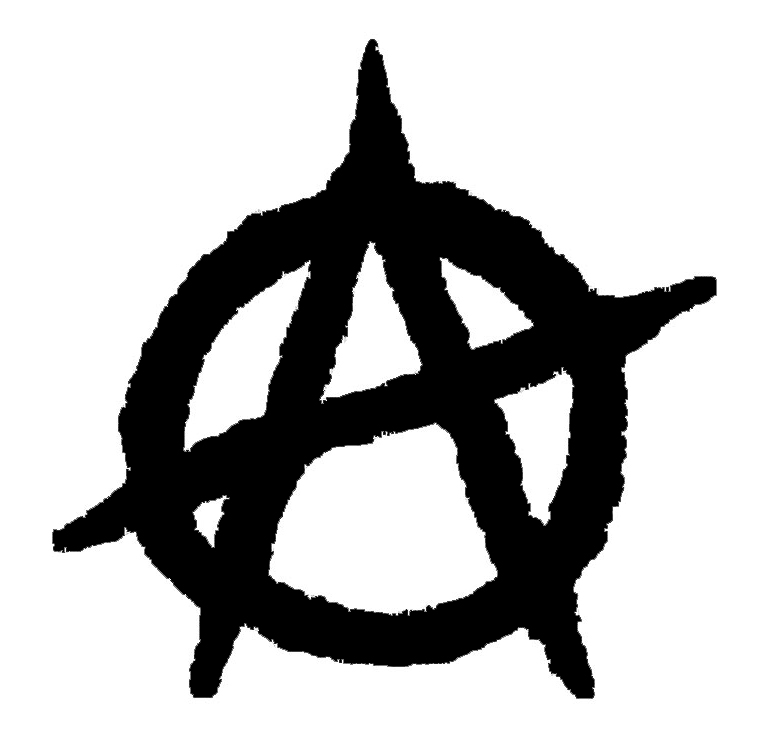Tuesday, April 24, 2007
A History of North American Anarchist Group Love & Rage

When I think over my experiences in L&R (as well as earlier experiences), I reach the following three main conclusions:
(1) There is a need to balance activism with theory. An activists’ program needs to be based on a theory of the world, what causes oppression, what would liberation mean, what sectors of society can overturn oppression, and what can we do to help them to move toward liberation. Otherwise we are just actively jumping around. If anarchists are not to be outdone (once again) by the Marxists and other authoritarians, we have to know what we are doing. Not that every member of an anarchist federation has to fully agree with the same ideas, but there needs to be a core of members with a common approach. This does not mean that we can do nothing without a full-grown theory. Unlike the Marxists, we do not have a set of sacred books to learn from. But as we participate in struggles, anarchists should be simultaneously working on theory. There should be study groups, a common set of readings, and a lively theoretical journal.
(2) There needs to be an orientation to the working class. This is not only for theoretical but for strategic reasons. There is no other oppressed group which has the potential ability to shut down capitalist society – and to start it up again. Only workers – as workers – can do this. No other grouping is oppressed at the heart of the process of production or has the self-interest to create a classless society. This was the insight of anarcho-syndicalism.
Anarchists must continue to participate in and champion the struggles of women, queers, of oppressed races and nations. Their oppression is as real as that of workers. Their movements are as essential for liberation. But just as their issues must be raised in the class struggle, so the class struggle must be raised in them. This means participation in workplace concerns. We need to develop a serious and positive view of unions, and a set of tactics for dealing with them.
(3) There is a need for a democratic organization of revolutionary anarchists – if we are not (once again) to be outorganized by the Marxists. There can be no abstractly preordained structure for such a democratic organization, except that it be democratic. Much depends on the circumstances. The principle is that it should be as decentralized and directly democratic as possible but as centralized and coordinated as is minimally necessary. This is not a party, which is an organization for taking power (by election, or by control of a revolution). This is an instrument for participation in popular struggles and for encouraging the people to take over themselves. An anarchist organization is part of the process of popular self-organization, not its opposite. But, as is said in the Organizational Platform of Libertarian Communists, it needs some personnel chosen by the membership. They should be elected on the basis of their politics, not their personalities or their location! s. I believe it is essential for such a democratic, programmatic body to be elected to oversee publications, and other literature, as well as to do a certain minimal amount of coordination and reacting to emergencies.
All these points are controversial among anarchists. But I have seen, all too often, the victory of the authoritarians, statists, and Marxists, over the anarchists and libertarian socialists. We have a chance to change that awful history, if we are prepared for it. ...
Subscribe to Posts [Atom]
